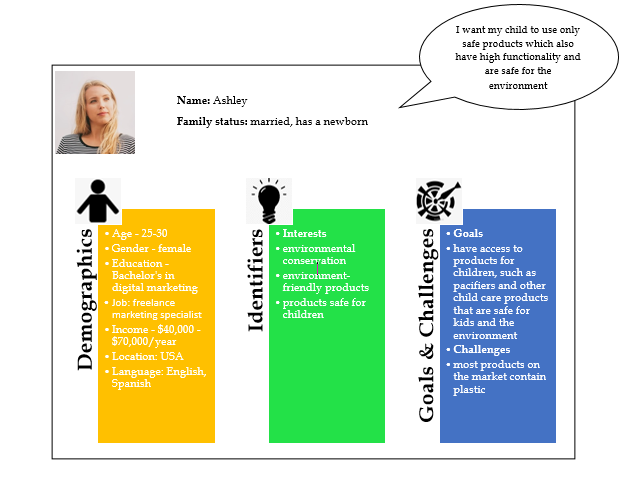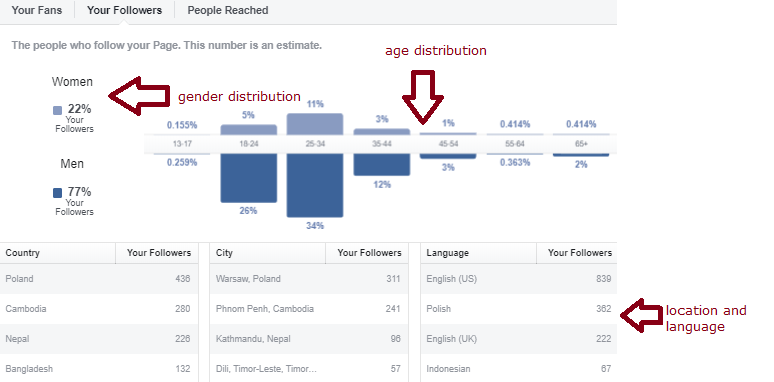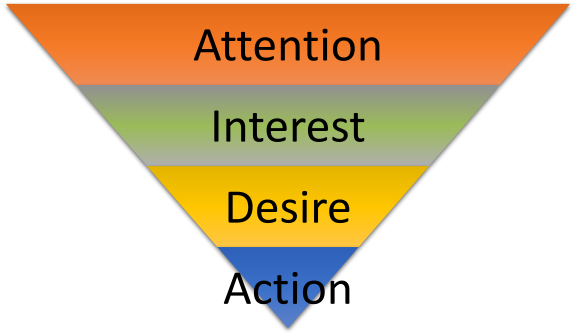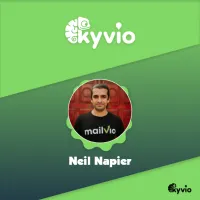Kyvio Blog

Copywriting Tips to Help You Make More Money with Your Website
Among many online companies, BuzzFeed stands out, owing their success to a stellar copywriting and content marketing strategy.
Having started as an online hub with a focus on viral content, such as quizzes and pop culture articles, now, BuzzFeed has grown into an enormous content production company, with each article getting from one to two million views:

Image credit: BuzzSumo
BuzzFeed’s success has inspired many companies around the globe, both B2B and B2C, to invest more in content marketing and copywriting, in particular, as an effective way to drive engagement and earn more money with their websites.
However, such success makes you wonder…
Does Investing in Copywriting Guarantee Success?
Unfortunately, what’s good in theory, does not always work in practice.
Many companies that invest in copywriting as a way to make more money with their websites fail miserably.
According to the Content Marketing Institute, out of 94% of B2B businesses that invest in copywriting and content marketing, only 9% say that they find this strategy very effective.
So, if copywriting doesn’t work for you right now and your website doesn’t bring you a lot of money, you’re not alone in this. And this situation can be easily fixed with a few copywriting techniques up your sleeve.
Let’s take a closer look at each of these tips and how they can help you boost conversions.
1. Create with Target Audience in Mind
Is your target audience too broad? Or are you trying to target everybody?
These are the two most common problems, why your copywriting efforts aren’t working for you.
So, if you want to continuously engage people, you first need to figure out, who you want to engage.
Start creating your target audience by gradually building a target audience persona. To do it quickly and effortlessly, break down the description of your audience persona into two sections:
demographics: age, gender, location, language, education, job, family status
psychographics: habits, hobbies, wants, needs, challenges, concerns, values
Here’s how a finished audience persona can look like in practice (audience persona for a website that sells pacifiers for moms with newborn children):

How can you make the description of your audience persona more complete?
Look at your social media data. Who is following you on your social media channels? Social media channels contain valuable social data that can give you an idea, who you can target with your content:

Survey your existing audience. You can also collect demographic and psychographic data directly from your audience by surveying them via social media or email. You can also use surveys to collect information about their content preferences, which can come in handy if you run out of content ideas.
Without all these details it is hardly possible to write a good copy that delivers value. So, consider your audience and their preferences every time before writing a copy.
2. Write with a Positive Attitude
Have you ever wondered why targeting negative emotions helps sell media publications but is useless when it comes to selling products?
Indeed, the approach in media to put negative news first is as old as time and has proven to be effective, but it doesn’t work when you’re trying to promote or sell your product.
In this case, targeting positive emotions is more useful. According to Psychology Today, brands that use positivity in their approach to customers, have a greater influence on consumer loyalty, and are more successful with their sales.
Besides, writing with a positive attitude helps make your content go viral.
According to the research by UC Berkley, positive content goes viral because positivity is one of the environmental elicitors associated with inspiration.
The researchers studied different types of content, from YouTube videos to social media posts and New York Times articles, and found that feelings like hope, gratitude, appreciation, kindness associated with a positive attitude, made content go viral.
So, if you want your website to deliver more traffic and conversions, make sure every content copy you create for it is written with a positive attitude.
3. Approach Your Audience with a Story
How should you address your target audience?
A personal approach is a good way to make a connection with your target audience through your copy, but is it enough to make them more engaged?
In copywriting, it’s been known for a while that storytelling is one of the most effective approaches to interact with an audience. Claire Jefferson, a copywriter at SupremeDissertations, shares the results of the company’s 2015 study, in which “80% of people wanted brands to tell stories more” and supported this marketing approach because it delivered value.
What’s the reality now?
Unfortunately, many brands keep focusing on selling rather than engaging. According to last year’s stats, 74% of brands don’t have any meaning in consumers’ lives. Meanwhile, storytelling helps tell people why they need your product in a persuasive, yet non-intrusive way.
How to tell a story through copywriting to drive sales and boost conversions?
Here’s how you should approach storytelling in copywriting to make it work:
Make your story relatable. How can your target audience relate to this story? Why should it attract their attention? Make a relatable story a leitmotif of your copy to ‘hook’ the audience’s attention and increase engagement.
Target a specific emotion. What emotions are associated with the story you’re telling? Make sure that your copy consistently follows this emotional tone from the beginning to the end.
Focus on the hero in your story. The hero archetype is known to the world since forever and is one of the essential components of a good story. Your audience needs to follow a hero because s/he inspires them and maintains their interest in the story. Besides, it makes your copy look more like an adventure rather than a plain mishmash of words trying to sell them stuff they are not interested in.
If you decide to introduce storytelling to your copies, you should keep in mind that to achieve success in storytelling, you should approach it consistently. Once you make storytelling a part of your copywriting strategy, make sure it’s not just a one-time approach, but one of your main methodologies to continuously engage your audience.
4. Make Your Copy Structured and Readable
One of the reasons why visitors may bounce away from your website is the poor structure and readability of your copy.
Readability research shows that 8 out of 10 people on average only read headlines, with only 2 out of 10 reading the full copy.
You might be protesting right now, saying that you always follow the standard Introduction-Body-Conclusion structure in your copies. However, this approach doesn’t always work in terms of engagement, because can be too generic.
How should you structure your copy?
One of the smartest and most effective approaches to copy structure in copywriting is the AIDA model, which consists of the 4 basic components:

Let’s break down each of these components.
Start by attracting attention. In the AIDA approach, the copy should start with something eye-catching. Start with grabbing the reader’s attention with a headline and move on to introduction, using something to persuade them to continue reading. It can be a statistic, research, or a story.
Keep on maintaining the interest. Your headline and the beginning of your copy should make a certain promise to a reader that they will get something in return if they keep reading. Here, you can include more social proof, other types of content (video or infographic) that support your words.
Build up strong desire. Continue with finding the gap between what customer needs and the promise that you’ve made previously in your copy. Find a way how to trigger an emotional connection in a customer towards your product.
Proceed to action. After you’ve built up the desire to purchase your product, you can now try to convert a new customer. This part usually includes a strong call-to-action.
This format creates a strong and persuasive structure for your copy. However, there is one element you might find missing.
Henry Clarkson, a copywriter at BestEssayEducation, suggests one more element to the AIDA model: “To make sure that this model works in long term, include some retention efforts to your copy. These efforts might include a loyalty program or something as simple as a customer survey.”
How can you improve the readability of your copy?
Another component that is as important as the structure of your copy is its readability.
Many SEO professionals underline that it’s crucial to write a copy that is clear enough for a 6th-grader to understand.
Indeed, the more simple and clear language you use, the more attractive and readable your copy becomes.
Readability can be achieved with bullet lists, short paragraphs, and subheadings. To remove clutter words from your copy, you can also use online tools like TrustMyPaper, ClassyEssay, or Hemingway App.
What if you have to use obscure language?
In this case, it is important to give a simple explanation of the terms you’re using. If you have to resort to longer sentences to provide explanation, try to avoid passive voice, as it makes your sentences sound detached.
5. Focus on Content with Viral Potential
If you want to use copywriting to make more money with your website, you need a copy that can bring you more potential customers to convert.
That’s why you need to focus on writing content with viral potential. We already mentioned that viral content appeals mostly to positive emotions and to which people can relate.
But which types of content have these features?
Educational content. A copy that delivers educational value creates an ultimate brand experience and that’s why it has a higher viral potential. If you focus on educating rather than on selling, you will be able to attract more new customers.
User-generated content. Your consumers want to influence the content you create. Reportedly, 50% of consumers wish they could tell their favorite brands which content to create. Encouraging your audience to contribute content ideas can help you write more engaging and persuasive copies.
Interactive content. While your copy cannot be 100% interactive, you still can include some interactive elements in it to make it more engaging. 91% of B2B buyers say they prefer interactive content to static content because it delivers more educational value. So, diversify your copy with some interactive content, like infographics, quizzes, or calculators to attract more attention and gain high-quality leads.
It is quite time-consuming and costly to create different types of content to put them together in a copy. But it does pay off with time because such diversity makes your content more valuable and increases its virality.
Wrapping Up
Copywriting can be very effective in helping you make more money with your website. But if you don’t do it properly, the money you invest in it will go down the drain.
Hopefully, our tips will help you approach your copywriting strategy with a different perspective, and inspire you to write engaging, persuasive, and valuable content that converts.
Author bio: Bridgette Hernandez is a copywriter at GrabMyEssay and a contributing editor at TopEssayWriting. She has a degree in Journalism and is passionate about helping companies create content that not only sells but also engages and inspires.



